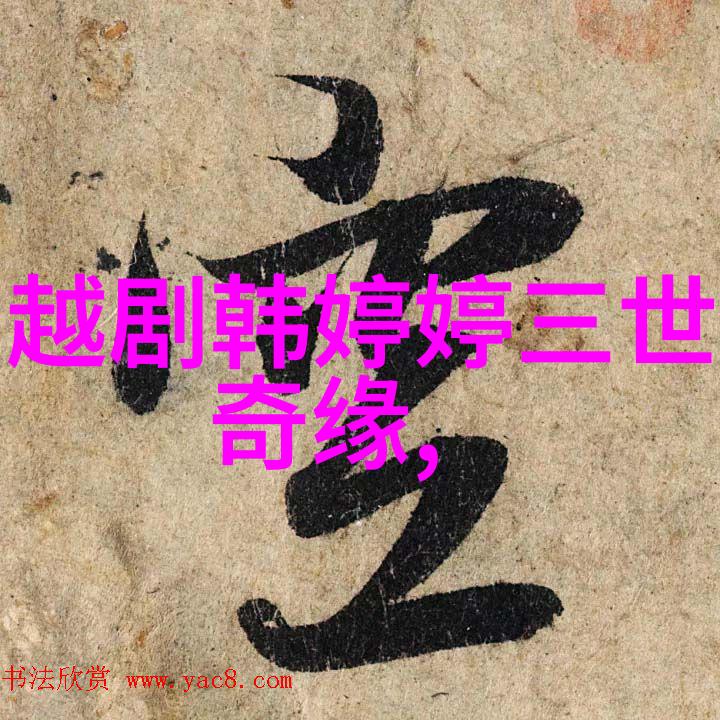Unveiling the Enchanting World of Yue Opera: A Journey Through Time and Melody
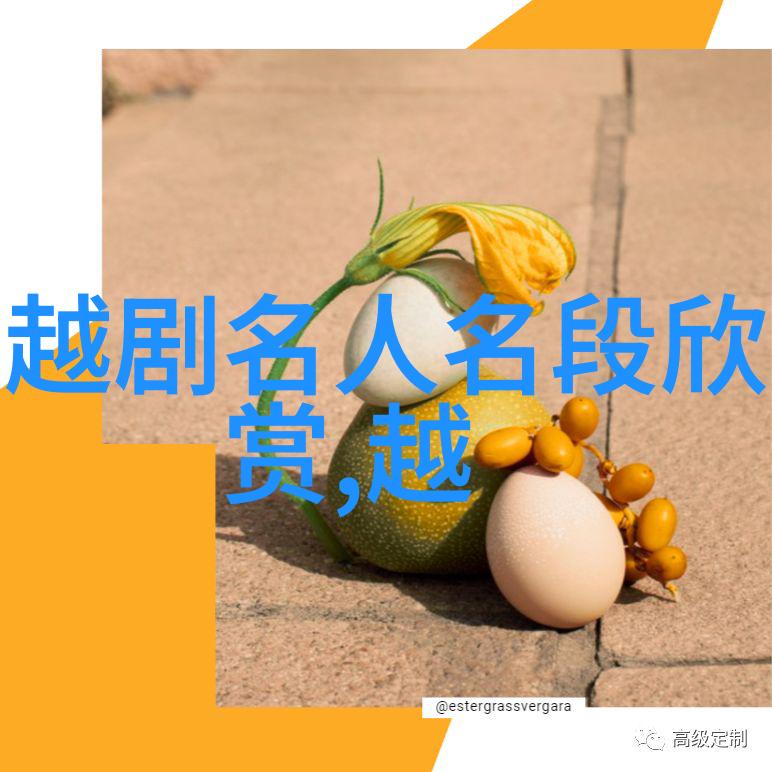
一、A Brief Introduction to Yue Opera
Yue opera, also known as Shaoxing opera or Suzhou opera, is a traditional Chinese theatrical form originating from Zhejiang Province. It is one of the six major forms of Chinese opera, with a history dating back to the Song Dynasty (960-1279 AD). This captivating art form has evolved over time, incorporating elements from various regional operas and adapting to changes in society.
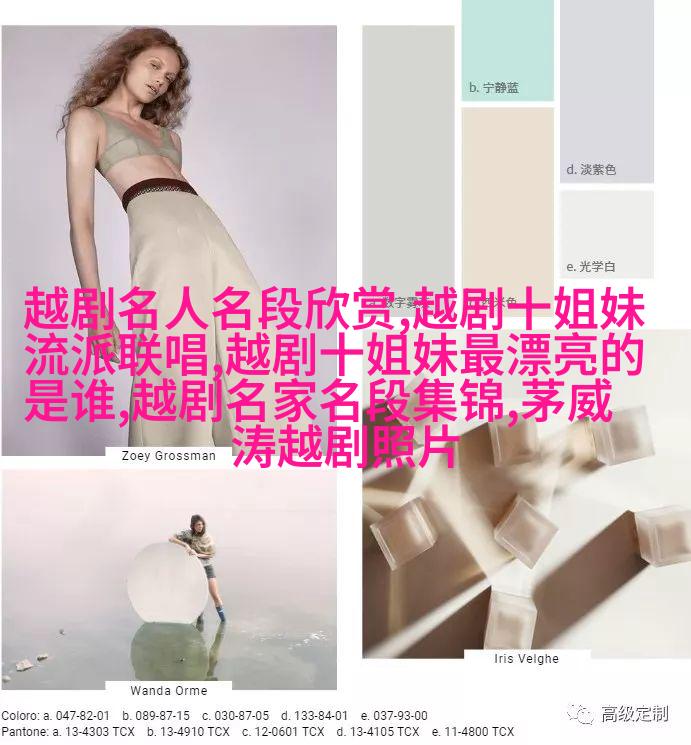
二、The Birthplace of Yue Opera
Suzhou, a city renowned for its classical gardens and silk production, serves as the cradle of Yue opera. The city’s unique cultural heritage significantly influenced the development of this art form. Theaters were built in Suzhou during the Southern Song Dynasty (1127-1279 AD), providing a platform for performers to showcase their talents. Over time, local folk songs blended with acting techniques and acrobatics gave birth to this distinctive style.

三、Characteristics and Artistry
Yue opera distinguishes itself through its beautiful singing voice and exquisite makeup designs. Performers use four main vocal techniques: ping (clear), sheng (vocal fry), zhong (middle), and jue (abrupt). The elaborate makeup emphasizes facial expressions rather than colorful costumes like other forms of Chinese theater. Actors portray characters by altering their body language according to social status or emotional state.
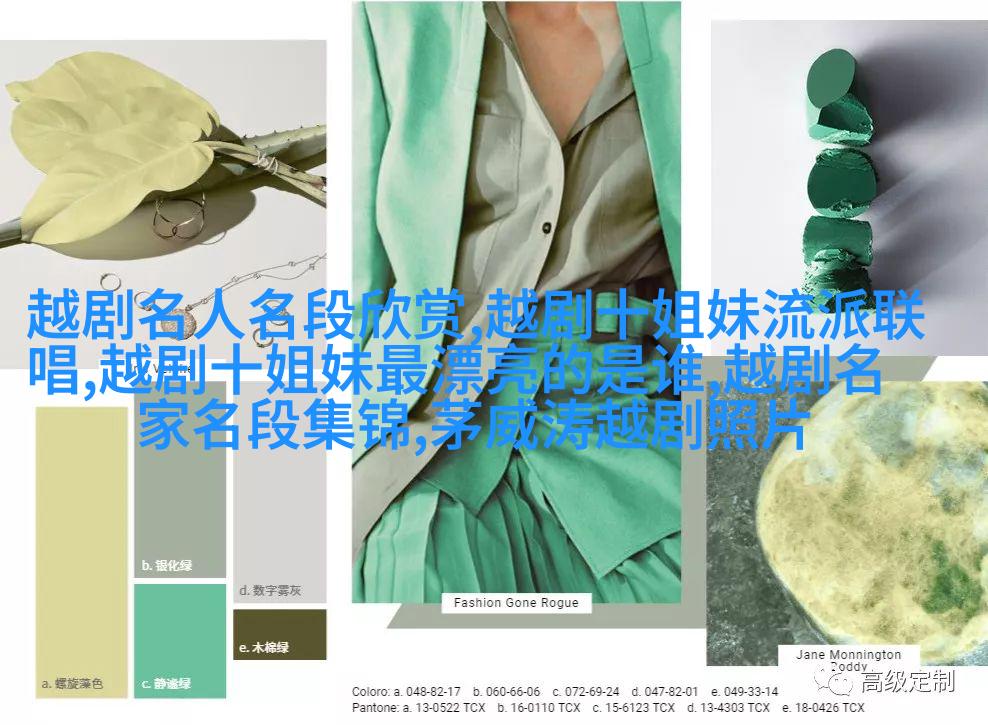
四、Storytelling Techniques
Yue plays are primarily based on historical novels such as “The Water Margin” or “Journey to the West.” These stories often feature legendary heroes battling evil forces while navigating love affairs along the way. Puppetry is an integral part of performances; wooden puppets are manipulated by skilled puppeteers who bring scenes alive through storytelling.
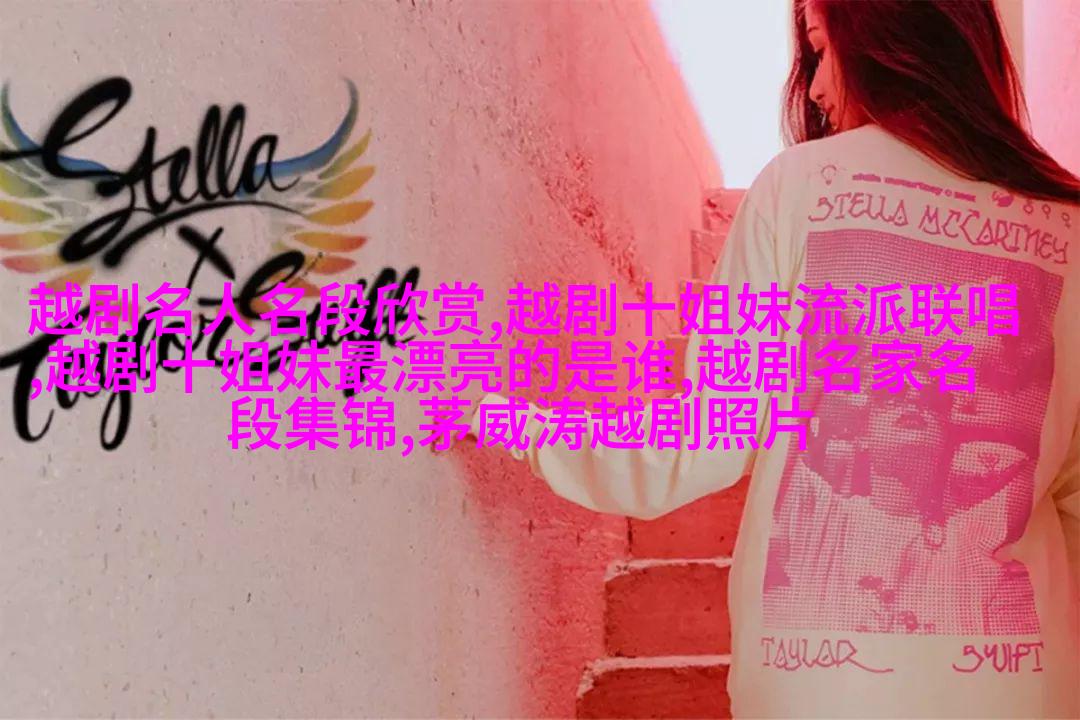
五、Preserving Tradition While Embracing Modernity
In recent years, efforts have been made by artists and government institutions alike to preserve traditional practices while incorporating modern elements into performances. For instance, digital technology has been used in set design enabling more complex visual effects without compromising authenticity.
六、Global Reach
Despite being rooted in China’s rich cultural heritage, Yue opera has gained international recognition due to its unique characteristics that resonate across different cultures worldwide.
Cultural exchange programs have allowed artists from diverse backgrounds collaborate on productions showcasing this enchanting art form.
In 2015 UNESCO recognized it as an Intangible Cultural Heritage item under threat due efforts made towards preserving it globally but also addressing challenges faced within China such as aging population among performers.
七、Conclusion – A Treasure Worth Discovering
Embarking upon a journey through time filled with music melodies that echo across generations is what makes exploring yue-opera so special.
This ancient tradition holds valuable lessons about resilience against adversity coupled with exploration for new ideas reflecting both stability & change throughout history which provides insights into understanding contemporary society better too.
As you immerse yourself within these intricately crafted stories told through song dance drama let your imagination soar while appreciating how each artist weaves together threads from past present & future creating something truly magical!



